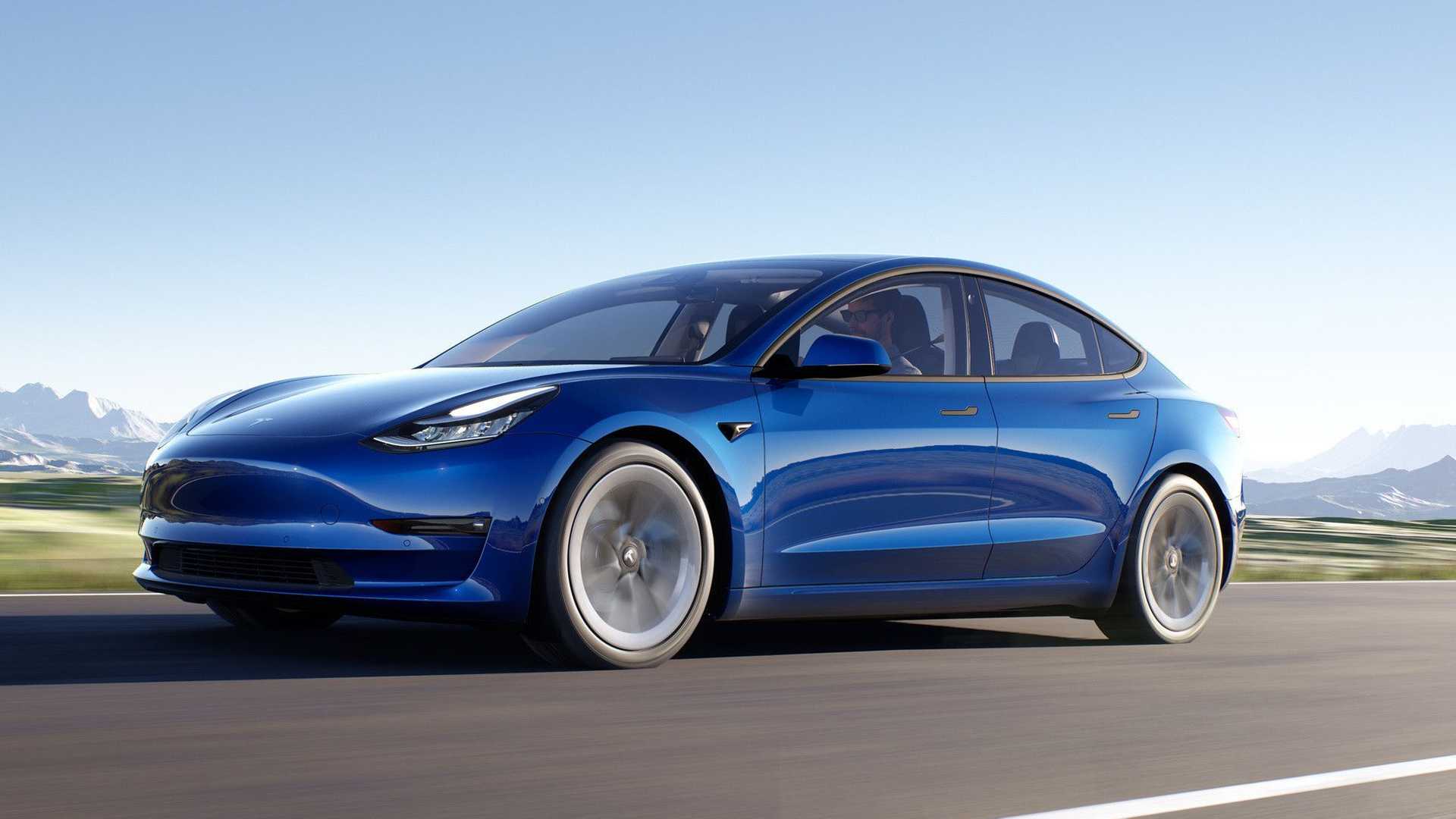
The Tesla Model 3 has become the first electric vehicle to make it to the top 10 leased models in the United States.
Following a period of strong growth, the Model 3 ranked seventh on the list, accounting for 1.79 percent of new vehicle leases in the second quarter of the year, according to a report from Experian cited by Automotive News.
One of four (25 percent) of the approximately 42,000 new retail Tesla Model 3s to hit US roads last quarter was leased, up 14 percent from the same time a year earlier, when only about 16 percent of new Model 3s were leased, Experian's senior director of automotive financial solutions, Melinda Zabritski, told Automotive News.
The Model 3 lease rate exceeded the overall EV leasing rate in the second quarter, which was about 21.2 percent.
The top ten leased vehicles list is typically made up of high-volume cars and trucks, such as the Ford F-150 (No. 1 with 2.52 percent of the total), Honda CR-V (No. 2, 2.48 percent), and Nissan Rogue (No. 3, 2.26 percent).
Gallery: 2022 Tesla Model 3







With a combined retail sales and lease volume of 42,000, the Model 3 fell behind the CR-V (88,600), F-150 (71,000), and Rogue (45,800).
EV leasing has risen in recent months mostly because a wider range of models are eligible for federal tax credits if leased thanks to an Inflation Reduction Act loophole. The Tesla Model 3 is an interesting case because it's one of the few EV models also eligible for the buyer's tax credit – buyers can benefit from the full $7,500 credit when they buy the vehicle outright.
According to Zabritski, the Tesla Model 3's popularity with lease buyers may have been driven by price cuts and the automaker's dominance of the EV segment in the US.
"In the EV space, there is so much change and so many new models coming out that leasing can be a good way to have the vehicle for a short period of time. An EV lease is a great way to avoid any of those ownership concerns that consumers might have," Zabritski said.
The Tesla Model 3's leasing rate also slightly surpassed overall leasing, which was at 21.3 percent. However, fewer Americans are leasing today than were in 2018 and 2019, when the overall leasing rate was above 30 percent.








